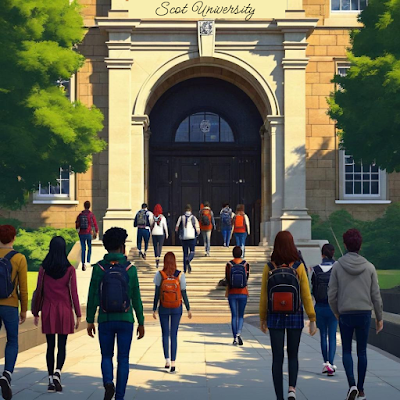How We Actually Learn: Debunking the Myths of Learning
We grow up surrounded by ideas about how we should learn. These ideas come from teachers and textbooks, from parents and peers, and often from our own quiet fears. But not everything we believe about learning is true. Some of it is outdated. Some of it is incomplete. And some of it is simply wrong.
In order to learn, you first have to unlearn.
Anonymous
So let's unlearn together and uncover the truth about what learning really looks like.
Myth One: Intelligence is fixed and unchangeable
Many of us grew up believing that intelligence is something you are either born with or not. You are either good at math or not. You are either creative or you are not. But the science tells a very different story. Our brains are astonishingly plastic. They grow and reshape with effort and curiosity. Every time we struggle through a concept or wrestle with a mistake, we are not failing. We are building. The brain responds to a challenge like a muscle to exercise. It stretches and strengthens. Learning is not a gift you receive but a garden you tend.
Myth Two: Mistakes mean you are not good enough
In school, mistakes are often marked in red ink and sent back with a warning sign. This teaches us to fear mistakes. But mistakes are not a sign of failure. They mark the beginning of understanding. The truth is, when we get something wrong, our brains learn even more than when we get it right. Reflection after error deepens the imprint. Growth lives in the moment after the stumble. So do not hide from your mistakes, learn from them, as they are some of your best teachers.
Myth Three: Rote memorization is real learning
Knowing facts is useful, but memorization is not the same as understanding. When we memorize without context, we are stacking bricks without mortar. The information sits loosely in our minds and often slips away. Real learning comes when we connect ideas and when we ask questions. Understanding is what lets knowledge stay with us. It allows us to use what we know in new and unexpected ways. So, if something feels hard to remember, try to go deeper instead of faster. Find the why behind the what. Understanding is always more lasting than recall.
Myth Four: Learning styles are the key to success
There is a popular idea that some people learn best by seeing, others by hearing, and still others by doing. While preferences exist, research shows that tailoring teaching to a supposed learning style does not improve outcomes. What works best is mixing it up. Learning through words and images together, trying it out yourself, and teaching someone else. The more varied the input, the more durable the learning. So do not box yourself into one style; explore many for best learning. Let your brain fill up from every stream.
Myth Five: Talent outshines effort
We love stories of prodigies. The child who played Mozart before they could walk. The genius who solved problems with no formal training. But these are exceptions, not the rule. Behind every master is a long and mostly invisible path of persistence. Talent may open the door, but effort keeps you in the room. Ten minutes of daily dedication matters more than an hour of occasional brilliance. When it comes to learning, what you do consistently will always matter more than what you started with.
At last, learning is not a race or a ranking, it is not a highway either; it loops, it turns, it revisits, and goes in circles. We all have our own unique ways of arriving at insight. When we let go of the myths and open ourselves to the true nature of learning, learning becomes more lasting and rewarding. So debunk those myths, and begin to learn with joy instead of judgment.




Comments
Post a Comment
Thank you for sharing.